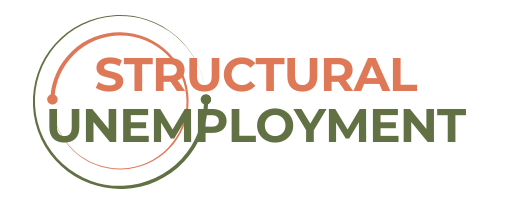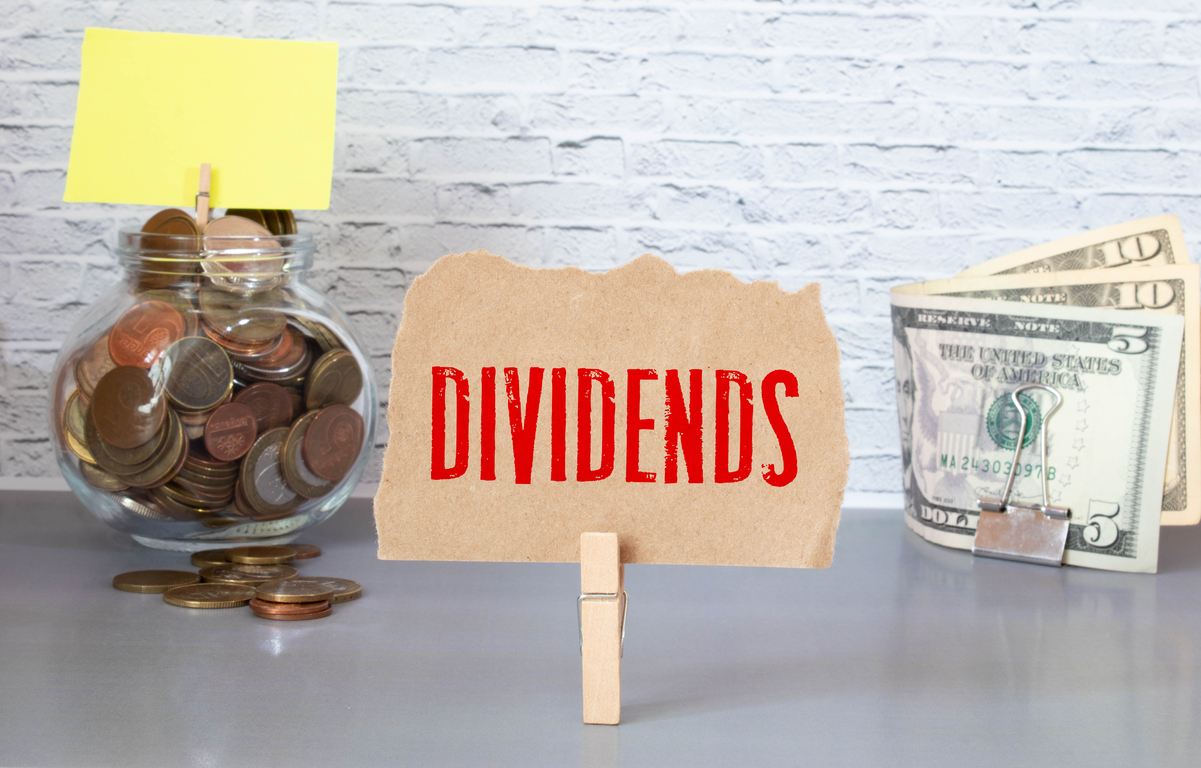It can be a little dispiriting to be a dividend investor today, given that the S&P 500 index (^GSPC -1.54%) has a tiny 1.2% yield. That, however, doesn’t mean you can’t find simple ways to boost the income your portfolio generates. Two of the best ways right now are the Schwab U.S. Dividend Equity ETF (SCHD -1.14%) and the SPDR Portfolio S&P 500 High Dividend ETF (SPYD -1.59%). Here’s why.
Why is the S&P 500’s yield so low?
The S&P 500 index’s dividend yield is extremely low today, but it is important to understand why this is the case. The big-picture issue is that the index is designed to track the broader market with a portfolio of U.S. stocks that are both large and representative of the broader economy.
There are two takeaways from that.
Image source: Getty Images.
First, the index’s mandate is not income. In fact, the mandate is so broad that the index inherently owns stocks that don’t pay dividends and others that have very low dividends. So, the first step in finding a better choice for yield seekers is to move to an exchange traded fund (ETF) that tracks an income-focused index.
Second, a small number of large companies are driving performance right now, which is leading to some strange dynamics in other areas. Given that the so-called “Magnificent Seven” has low yields or no yields, a market cap weighted index like the S&P 500 is bound to have a low dividend yield.
This doesn’t mean that the S&P 500 index is defective and investors should stay away from it. It’s only to highlight that if you are looking for income, you need to take a more nuanced approach.
What does the Schwab U.S. Dividend Equity ETF do?
With a roughly 3.6% yield, the Schwab U.S. Dividend Equity ETF offers about three times the income of the S&P 500 index. That’s a good start, but this ETF is really looking to provide investors with a list of high-quality companies with high yields. It is the epitome of fine-tuning, and that shows up in the very first screen it applies — to only consider stocks that have increased dividends for at least 10 consecutive years (real estate investment trusts are excluded from consideration).
From there, the Schwab U.S. Dividend Equity ETF creates a composite score that examines a company’s cash flow to total debt (financial strength), return on equity (business strength), dividend yield (yield, obviously), and the five-year dividend growth rate (income growth potential). The composite scores are ranked from highest to lowest and the 100 highest-scoring companies make it into the ETF. The stocks are market cap weighted.
The result is an attractive yield that is backed by high-quality companies. And, equally attractive, the expense ratio is a very modest 0.06%. The Schwab U.S. Dividend Equity ETF is a great option for investors who want more than just high-yield stocks.
What does the SPDR Portfolio S&P 500 High Dividend ETF do?
At the other end of the spectrum is the SPDR Portfolio S&P 500 High Dividend ETF. This ETF takes all the stocks in the S&P 500 index and ranks them by dividend yield. Then it picks the 80 highest-yielding companies for the index and equal weights them, so each stock has the same impact on overall performance. Compared to the Schwab U.S. Dividend Equity ETF, the SPDR Portfolio S&P 500 High Dividend ETF is all about the yield. And only about the yield.
There’s good and bad aspects to this approach. If you are interested in the highest yield possible with an S&P 500-linked product, the SPDR Portfolio S&P 500 High Dividend ETF provides an attractive 4.3% yield. It also has a modest 0.07% expense ratio. That said, the ETF ends up owning a large number of stocks from just a few sectors, such as real estate, financials, and utilities. So there’s more concentration risk here than you might at first expect.
Moreover, the ETF might invest in stocks that aren’t currently too popular, introducing stock-specific risk. So the high yield here has to be considered within a broader framework. You might want to pair it with a more diversified ETF or another dividend ETF that takes a more nuanced approach, like the Schwab U.S. Dividend Equity ETF.
Passive income is there for the grabbing
There are exchange-traded funds for just about every kind of investor, including those trying to create passive income. The hard part is figuring out the ones that make the most sense for your personal investment approach. Investors who just focus on yield will probably find the SPDR Portfolio S&P 500 High Dividend ETF attractive, while those who prefer to include quality screens in the mix will like the Schwab U.S. Dividend Equity ETF. The optimum solution, however, might be to own both of these high-yield ETFs.






